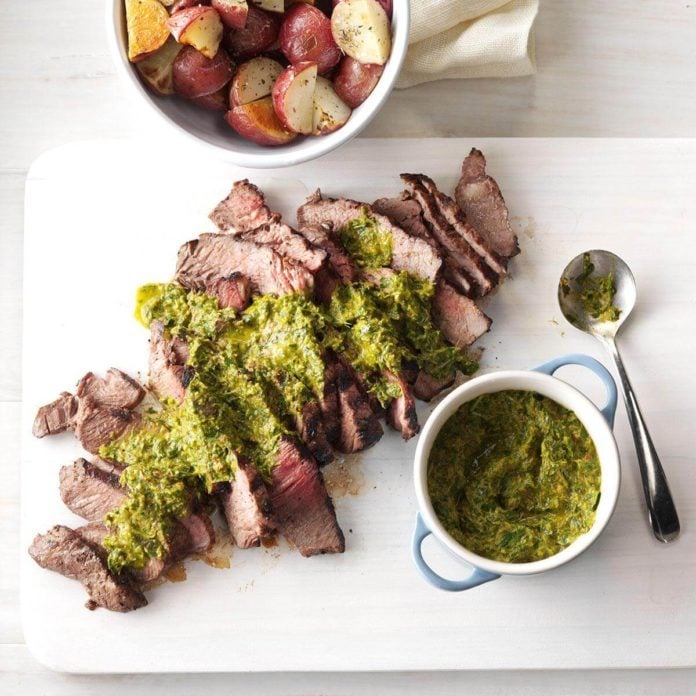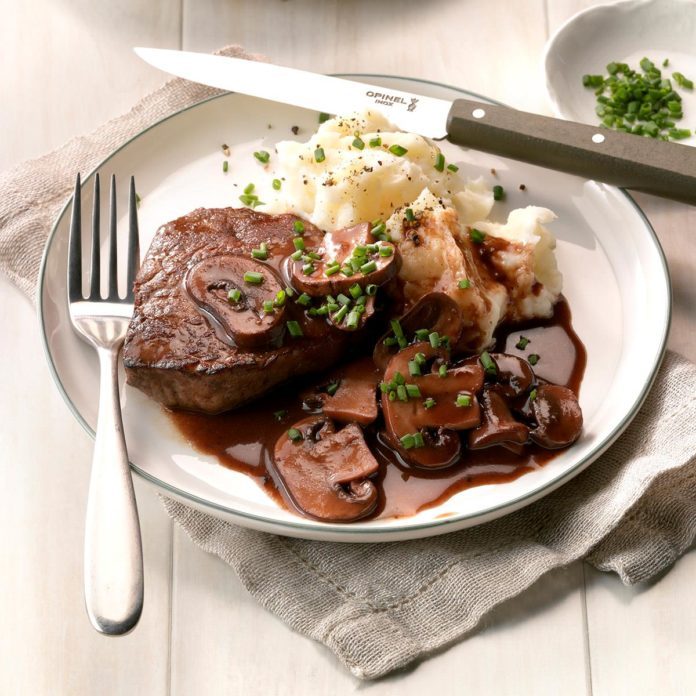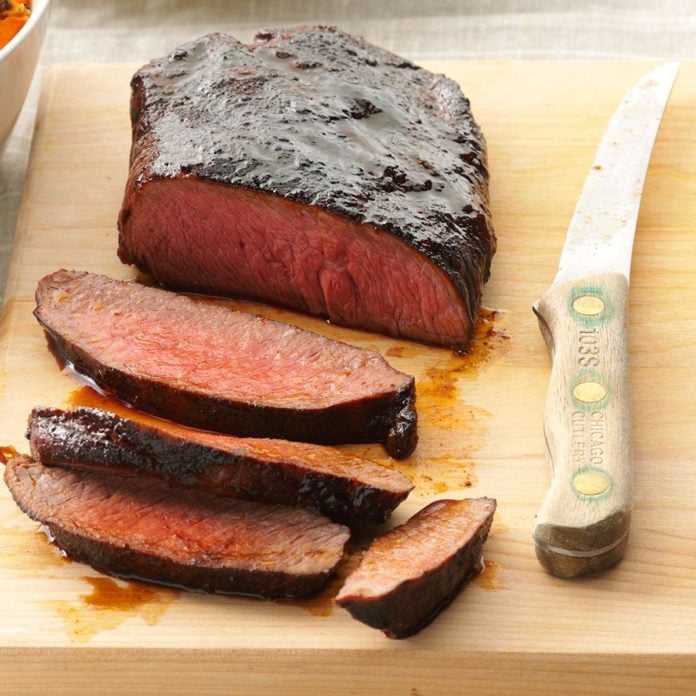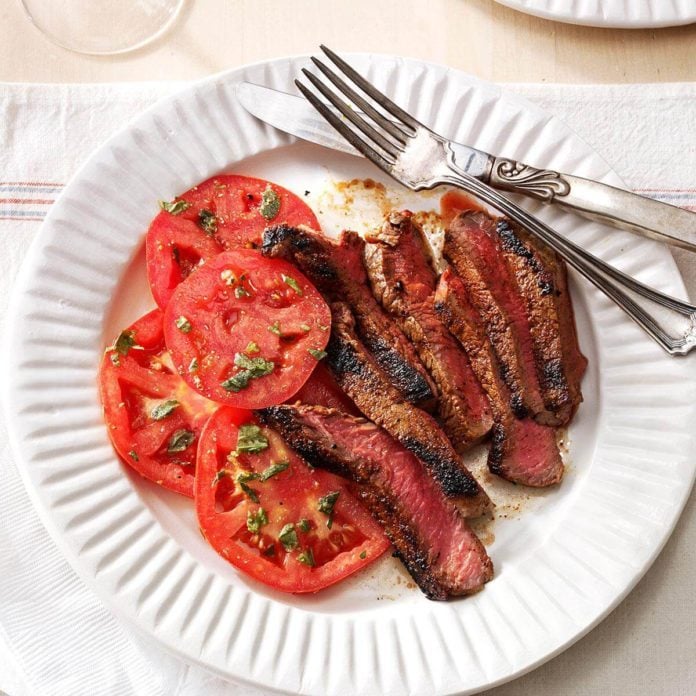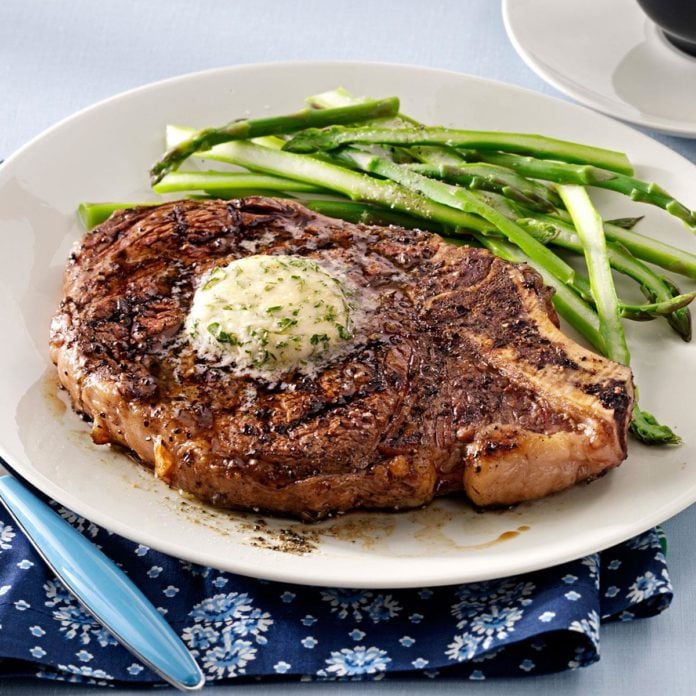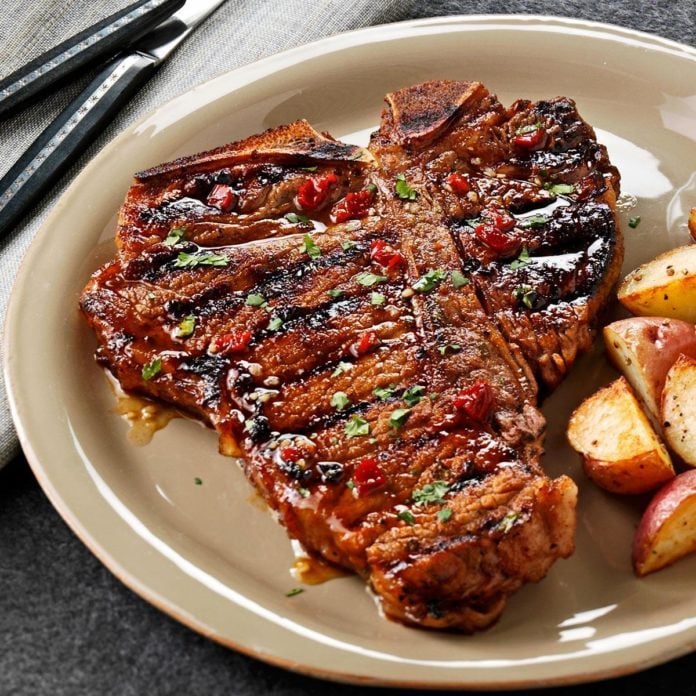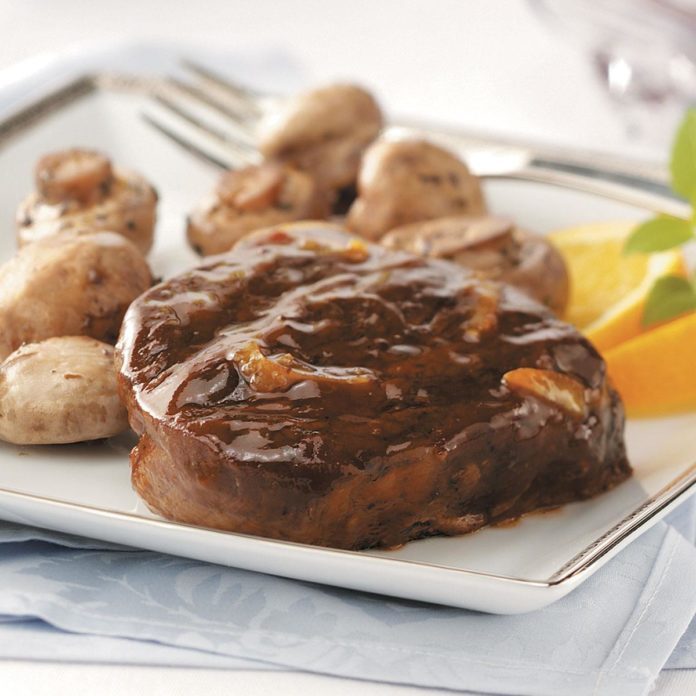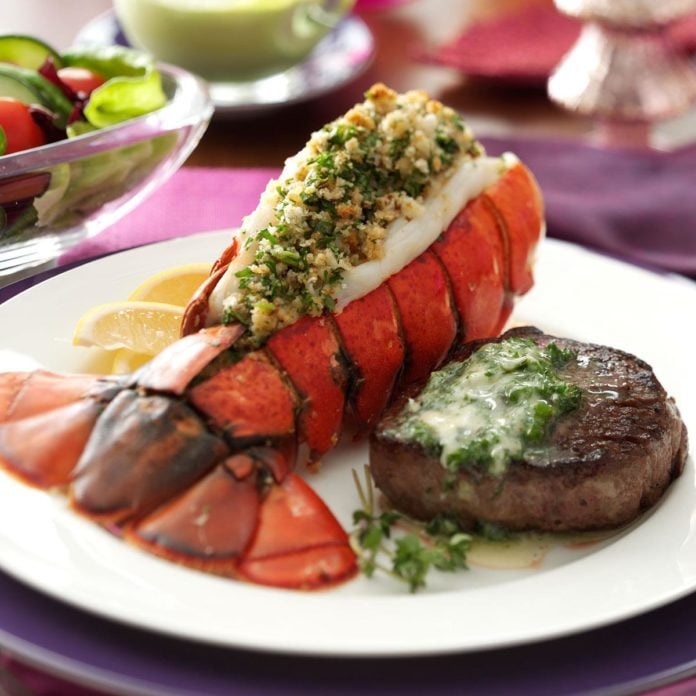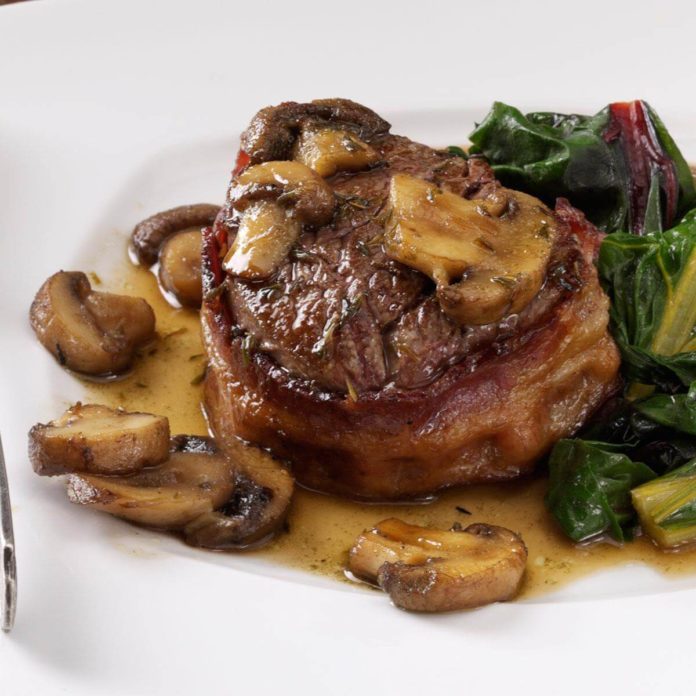My first day in the kitchen at a steakhouse, my boss showed me how to make perfect grill marks: place the steak on the hot side of the grill, flip it 90-degrees after a few minutes, turn it over and repeat the process. (He also let me in on a few more restaurant secrets!) In most establishments, getting those perfect, diamond-patterned sear marks is considered a sign of a well-grilled steak, and many home cooks wear the ability to create them like a badge.
Recently, a lot of chefs are eschewing grill marks in lieu of something better. What could be better than a perfect-looking steak? One that’s covered in a golden-brown crust over the entire surface.
What’s the Deal with Grill Marks?
Those blackened marks on your grill happen because of something called the Maillard reaction, a chemical reaction that occurs between amino acids and carbohydrates when food is exposed to heat. The food’s surface browns and caramelizes, resulting in a dish that not only tastes better but is also more visually appealing. It’s the reason that roasted vegetables taste so much better than boiled ones!
When your goal is grill marks, you inadvertently halt the Maillard reaction before it has a chance to spread over the surface of the steak. Instead, it creates a superficial reaction, and the only places that get perfectly browned correspond with the location of the grates. The squares in between the marks are under seared and, well, boring. The resulting diamond-patterned series of cross-hatches does look visually appealing, but it’s not necessarily a sign of a flavorful steak. Here are 9 restaurant secrets for cooking the perfect steak.
So, How Should You Grill a Steak?
The goal should be achieving a golden-brown color on as much surface area of the steak as possible. Grilling a steak this way results in more even cooking and a richer flavor. Not to mention that the resulting crust on the steak is completely life-changing!
To get there, you will have to change the way you cook a steak on a grill. Unlike cooking for hatch marks, you won’t want to cook these steaks directly over a blazing-hot grill. Grill grates are designed to hold a lot of heat, which gives you those grill marks but it doesn’t do much for overall browning. If the grill is too hot, the steak can blacken or char before it cooks all the way through–which would create a burnt taste–so you’ll need to watch the grill’s temperature carefully.
The very best way to cook a steak for a crusty, browned overall exterior is to use a preheated cast iron pan or griddle over high heat. Check out our complete guide. You’ll still get some great smoky flavor from the grill, but the flat surface lets you sear the steak all over instead of just the areas that are in contact with the grates. If you really want the grate-grilling experience, use medium-high heat and flip your steak often. When perfect grill marks are desired, you’ll only flip once or twice. But, for overall browning, flip as often as every minute. It feels unnatural, but it will promote even cooking, giving you a steak with a better crust and a perfectly cooked interior.
Have a really thick steak? Read our guide for cooking steaks thicker than an inch.
Steak with Chipotle-Lime Chimichurri
Beef Filets with Portobello Sauce
Flank Steak with Cilantro & Blue Cheese Butter
Grilled Onion & Skirt Steak Tacos
Beef and Blue Cheese Penne with Pesto
Garlic Grilled Steaks
Flank Steak with Couscous
Summer Steak Kabobs
Stuffed Flank Steak
Tenderloin with Horseradish Cream Cheese
Beef Tenderloin in Mushroom Sauce
Teriyaki Steak Skewers
Southwest Steak & Potatoes
Maple & Blue Cheese Steak
Grilled Steaks with Greek Relish
Flank Steak with Cilantro Salsa Verde
Smoky Espresso Steak
Grilled Steaks with Marinated Tomatoes
Balsamic-Seasoned Steak
Tenderloin Steak Diane
Blue Cheese Flat Iron Steak
Chili-Rubbed Steak & Bread Salad
Grilled Ribeyes with Herb Butter
Tenderloin Steaks with Cherry Sauce
Blue Cheese-Crusted Sirloin Steaks
Chipotle-Honey Grilled T-Bones
Glazed Beef Tournedos
Peppered Filets with Horseradish Cream Sauce
Steak au Poivre for 2
Steak Diane
Grilled Steak Pinwheels
Easy Marinated Flank Steak
Surf & Turf
Saucy Skillet Steaks
Bacon-Wrapped Filets with Scotched Mushrooms
Merlot Filet Mignon
Chocolate-Chipotle Sirloin Steak
Steak with Citrus Salsa
Skillet Steak Supper
The post The Surprising Reason You Don’t Want to Have Steak With Grill Marks appeared first on Taste of Home.
Lindsay D. Mattison
